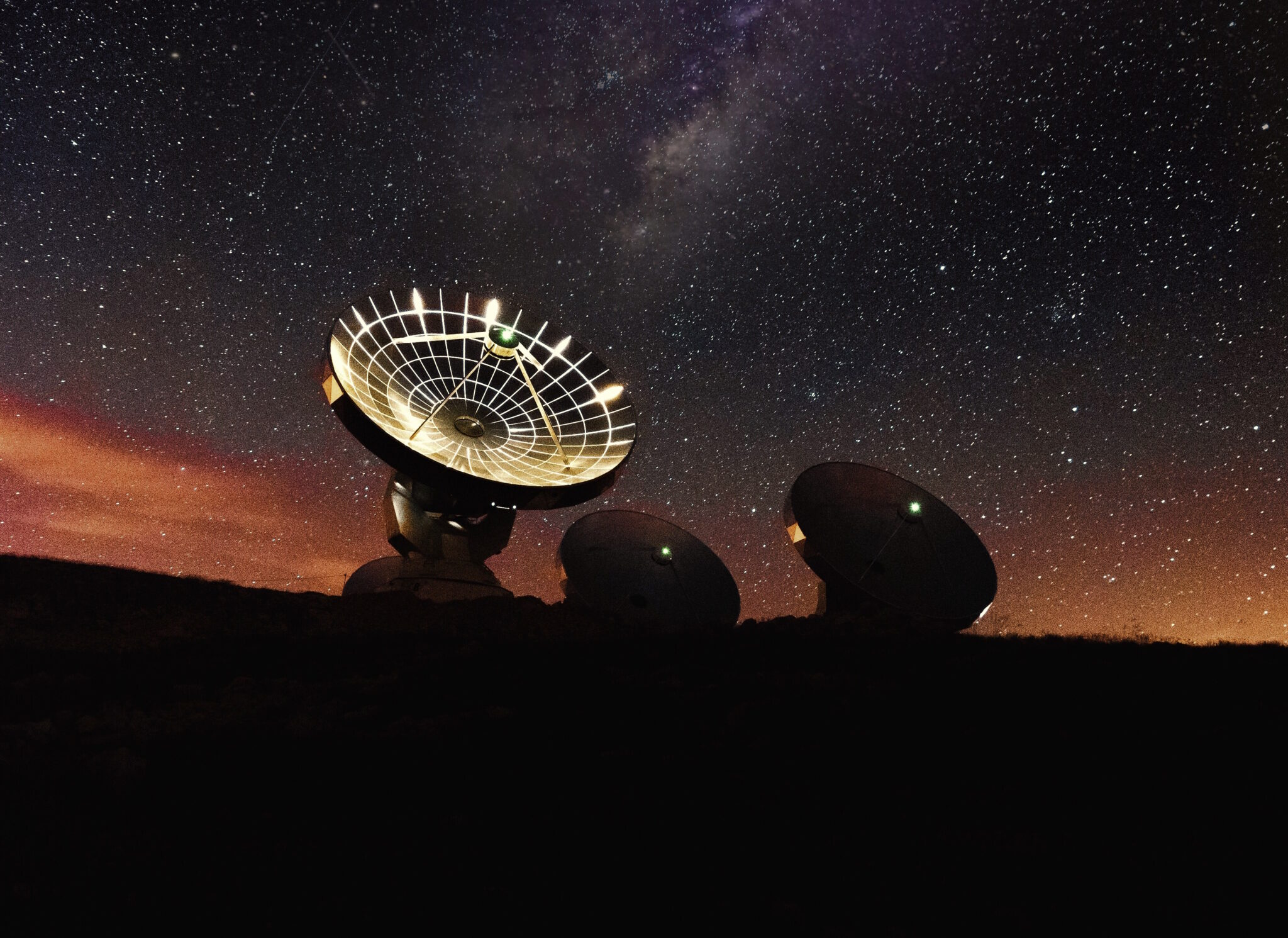In 1895, the Italian scientist and inventor Guglielmo Marconi conducted his first radio broadcast when his assistant tuned in to a radio station located less than a kilometer away. Thus Marconi created the first commercial radio system in the world. Until his death in 1937, radio signals were regularly used to communicate around the globe. At the same time, radio signals spread not only over the Earth, but also entered space. The first signals have been traveling through space for more than a century, reaching distances that Marconi could not even imagine.

This raises interesting questions about the stars that these signals have already reached. What are these stars? Perhaps they have exoplanets? And if so, are there any Earth-like planets among them located in a habitable zone? How many of these exoplanets can spot us?
Fortunately, now we have the answers to these questions thanks to the research of Lisa Kaltenegger from Cornell University in Ithaca and Jackie Faherty from the American Museum of Natural History in New York. These astronomers have calculated the size of the sphere that our radio signals cover from the moment they are sent from Earth, identified the stars inside this sphere, and found out which of them should also see the Earth passing by the Sun.
3D map of the Gaia catalog
This study was made possible thanks to the Gaia catalog, a new 3D map of our galaxy that shows the distances and movements of more than 100 million stars. The data for this map was collected by the European Space Agency’s Gaia spacecraft, which was launched in 2013; it maps the position and movement of about 1 billion astronomical objects.
The resulting map gives astronomers new opportunities to study our galactic environment. The work of Kaltenegger and Faherty is a good example of this. By measuring the movement of stars, researchers can determine how long we have been visible to these stars and how much longer it will last. Kaltenegger and Faherty report that there are 75 star systems inside this sphere within a radius of 100 light-years that can or will soon be able to see us. Exoplanets orbiting four of them have already been discovered.
These star systems are generally well researched. For example, the Ross 128 system is the 13th closest to the Sun and the second closest system with a transiting exoplanet that has a size similar to Earth. There is also the Teegarden star system with at least two Earth-like exoplanets, and the Trappist-1 system with seven Earth-sized planets, four of which are in the habitable zone.
We can be heard at a distance of 100 light years
Our radio signals continue to spread throughout the Universe. Therefore, Kaltenegger and Faherty also choose star systems that will receive our signals within the next 200 years or even longer and may notice us.
“1,715 stars within 326 light-years are in the right position to have spotted life on a transiting Earth since early human civilization, with an additional 319 stars entering this special vantage point in the next 5,000 years,” they report.
Exoplanet statistics show that at least 25% of these stars have rocky exoplanets. Therefore, among these stars there must be at least 508 rocky planets on which the Earth can be well observed. Astronomers say the limitation of the distance to which our radio waves have spread from the Earth – about 100 light-years – means that there are 29 potentially habitable worlds that could see the passage of the Earth and perceive radio signals from our planet.
Radio signals and incredible developments
Of course, the possibility of life on these planets is completely unknown. The next generation of space telescopes can help astronomers study these worlds in more detail, determine their atmospheric composition and perhaps even see continents and oceans.
For another actionable intelligence, Earth has long been an interesting target. Life originated on our planet about 4 billion years ago, giving our atmosphere a variety of oxygen and other biomarkers, such as methane. If astronomers find similar conditions elsewhere, it will definitely attract their attention.
This may even push us to search for radio signals that may already be reaching us from these places. There is no doubt that Marconi would have been amazed by such a development.
Earlier we reported on how astronomers caught radio signals from a distance of 8.8 billion light years.
According to discovermagazine.com
Follow us on Twitter to get the most interesting space news in time
https://twitter.com/ust_magazine
